Brown,
Collins &
Duguid's Situated
Cognition and the Culture of Learning:
Learn: What I learned from Collins and Duguid is that even though
activity, concept and culture are all independent, one cannot be
understood without the other two and that the process of learning
involves all three.
Know:
From reading this paper I know that, as we discovered in the
first semester, learning is tied to authentic problems and authentic
activities. It is clear, from what I have studied so far, and
from my own personal observations students do, in fact, learn subjects
not just learn about them, when they are given an authentic problem to
solve.
Act:
The best way for me to make sure my students are truly
learning
is to rethink my curriculum and include authentic problems and
activities in my lessons, instead of just going over the material.
This is the only way I can ensure, when a student leaves my
classroom, they are taking away the knowledge of the subject, not just
the premise.
|
 |
|
Norton
and Sprague's Chapter 3 - Computer Graphics: Seeing and Rendering:
Learn:
In Chapter 3 of Norton and Sprague, I learned that communication is all
about visual learning. Although the written word is valuable, being
able to communicate with students, and have them communicate back, using
visual cues can be even more valuable. Chapter 3 discusses, in
depth, the 5 different types of graphic programs (print, draw, paint, idea
processors and animation) their different characteristics, tool and
limitations. Chapter 3 also discussed different types of file
formats and how students learn using computer graphics. We learned
about design principles: lines and shapes, color, perspective and
composition. Finally, we learned about the 5 kinds of images and their
purpose by drawing it or DROET (Decorative, Representative,
Organizational, Explanative and Transformational).
Know: For the last 20 years, I have used graphics in many ways in my
day to day operations. I have created manuals for the school,
brochures for human resources, playbills and programs for the school's
musicals and performances, and in the classroom when I teach students
about PowerPoint and Internet Safety, to name a few. It has been a
passion of mine, for years, to be able to incorporate animation and
graphics into as many things as possible. I have found, as with the
readings we have been doing, that is it much easier to get the point
across if students have pictures to look at (especially if they "do"
something) than show them PowerPoints or handouts filled with nothing but
text.
Act:
I need to take what I have been doing in the classroom a step further.
Instead of me creating graphics and adding them to presentations and
assignments, I need to find ways for students to create graphics and
incorporate them into what they are learning. Getting them more
involved, by having them create, even simple graphics, will help them
absorb what I want them to learn more than just showing them something
that is already done.
|

Graphics
Document
|
|
Horn's Visual
Language:
Learn:
I learned that visual language uses symbols, such as words, images and
shapes, in order to communicate. Visual language also has
rules for using symbols: 1) words and images must go together, 2)
arrows should be used to tie pictures and words together, and 3) things
should be organized in space and time. I also learned that in
visual language the image provides the context and the words provide
the content.
Know:
There is a difference between visual and visual language. Take
PowerPoint, for instance. A presentation can be given in PowerPoint
and include only graphics, but without some sort of text cue, the audience
has no idea what the presenter is trying to say. Pictures, shapes
and graphics can be fun to use and a way to make a point, but alone, they
are not visual language, they are merely components of visual language.
By the same token, descriptive text (no matter how well they vividly
describe a scene or an action) is also not considered visual language.
To have true visual language there needs to be an integration of all the
components.
Act: One of the software applications I teach students how to use is
PowerPoint. I do not teach them how to turn it on, or how to create
a slide presentation. By the time they reach the high school level
most, if not all, of my students are already familiar with PowerPoint and
know how to complete tasks in the program. Rather, what I teach them
is how to effectively use PowerPoint as a tool so it isn't "PowerPointless"
or as my class is entitled "Death by PowerPoint". I teach students
that it is as important to use visual cues, such as pictures and shapes,
in addition to the text they add to their presentations. One of the
ways I can improve on what I am already doing is to use "Visual Language"
as a guide as I move forward, so students are able to more fully
understand the need to incorporate both images/shapes and words in their
presentations and other school work, such as web design.
|
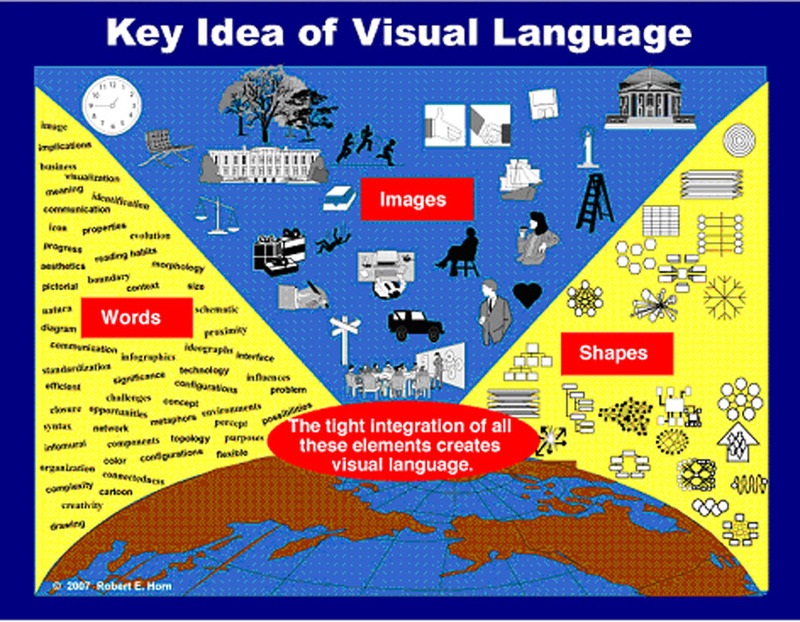 |
|
Roam's The
Back
of the Napkin:
Learn: I
learned quite a bit from reading The Back of the Napkin. Because of
the book, I now understand LSIS (Look, See, Imagine, Show), the 6 W's
(Who, What, When, Where, Why & How), SQVID (Simple, Quality/Quantitative,
Vision, Individual & Change (Delta), and the <6><6> Rule - for every six
ways of seeing there are also six ways of showing (Who/What = Portrait,
How Many = Chart, Where = Map, When = Timeline, How = Flowchart & Why =
Multiple - variable Plot.
Know: As teacher's, it is our job to teach students to be designers.
Teachers know and understand what affordance goes with what goal, it is up
to us to make sure students know how to use the correct affordance in
order for them to reach their goals.
Act: I have already begun thinking about how to work what I have learned
into my curriculum and the one area I am really going work toward is
making sure the activities I come up with for my students will meet the
goals I've set for my students and the goals they've set for themselves.
|
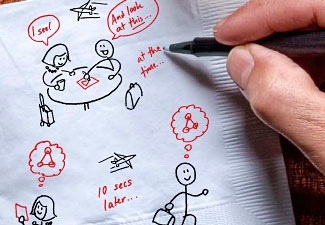
6 W's
LSIS
SQVID
|
|
Vygotsky's
Mind
in Society:
Learn:
What I learned from reading Vygotsky is that learning is not based on age,
it is based on a number of other factors. Those factors include
Culture/Society (a collective cooperative of tool using situations), Play
(and play and play and more play), Memory, Attention and Perception,
Symbolic Tools/Signs, Internalization, Higher Psychological Function and
ZPD (Zone of Proximal Development). I also learned that of all
these, Play is probably the most important factor in learning. Play
equals learning and work is the application of what is learned while
playing. Playing is experimentation; it's how we test things out,
how we find out what things mean and how we figure out how things work.
Know:
Learning is not just for children, learning applies to everyone. The
other thing I know is that Vygotsky is correct when he talks about playing
and learning. I know, as a learner, I absorb and understand so much
more when play is added to the activity. In fact, enjoy my job more
when play is added to my day. When I find I am doing an extremely
mundane task, I make a game out of it, to make it go faster and to make it
more enjoyable. Play is a necessary part of life and we don't do it
nearly enough.
Act: The only thing I can
think to do, to incorporate Vygotsky's teachings, is to add more play to
my lessons, which is not a bad thing. I know my students will learn
more, and retain more, if I can take a subject that is boring to them and
add fun to it. Just because they are in high school, doesn't mean
that play should end for them. As high school students, they
probably need play more than elementary or middle school students, simply
because when they reach that age playing is not something they readily do
on a day to day basis.
|
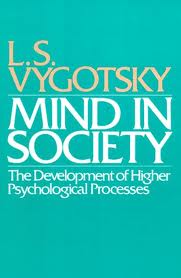
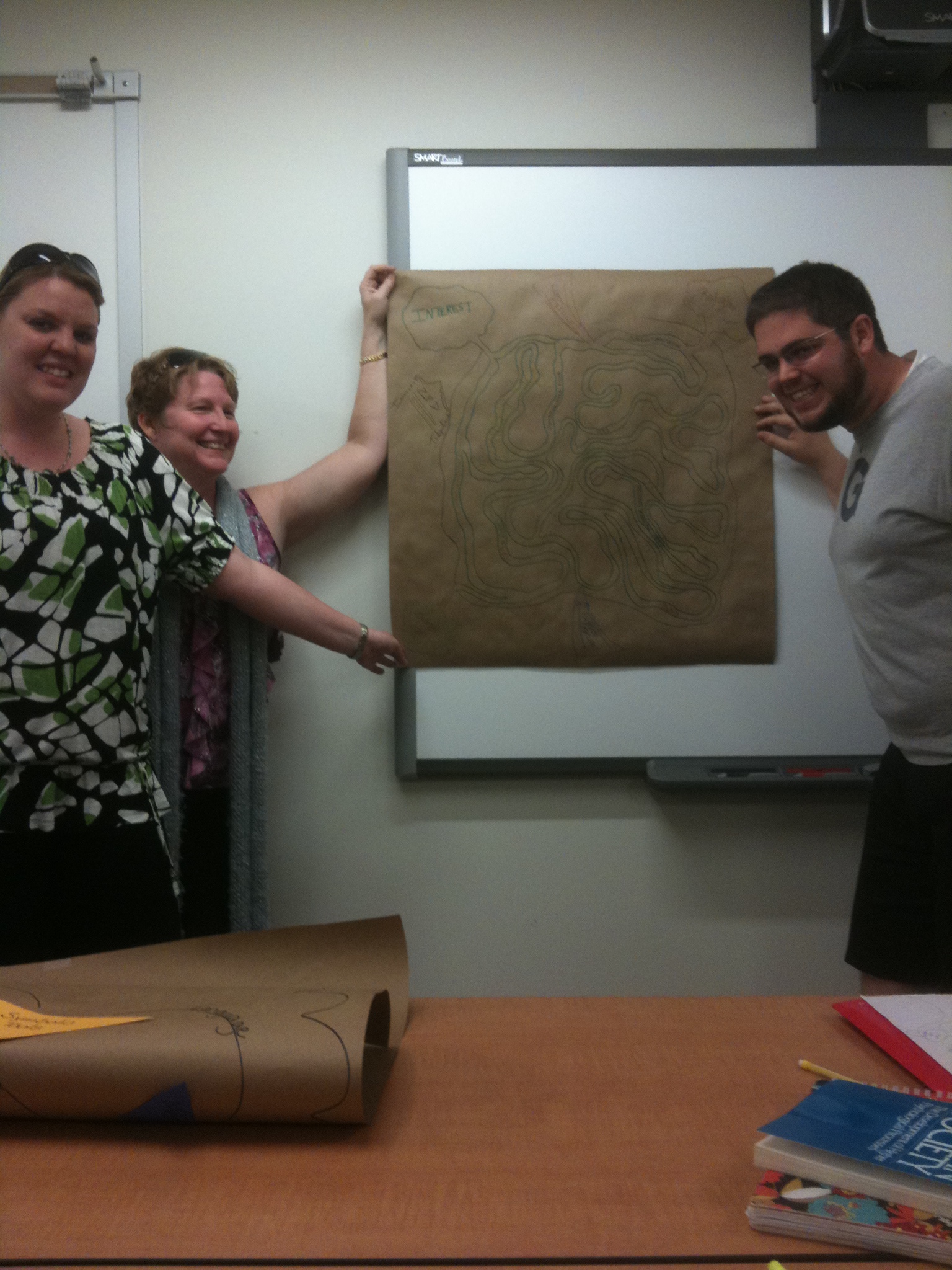 |
|
Eisner's Cognition
and Curriculum Reconsidered:
Learn: What I learned was that Eisner is really an extension to what we
learned from Vykotsgy. There are 3 types of tools: Cognition,
Symbolic and Physical. Vykotsgy focuses on the cognitive tools;
Eisner focuses on the symbolic tools. The most important thing
Eisner teaches is that literacy is the ability to encode and decode
meaning in any of the forms of representation used in the culture to
convey or express meaning.
Know: Encode
means moving an experience or idea into symbol form, where decoding is
taking someone else’s symbolic interpretation and then translating it into
reading form. Meaning is connecting symbols to what they represent and
meaning comes directly from our senses. Forms of representation are
symbols and symbol systems. Without knowing these conceptual tools it is
not possible to understand Eisner.
Act: My kids already use
"symbols" in their day-to-day school work, but I'm not sure they
understand why, or what value they have. It is my job to explain how
important it is for them to use symbolic language along with written
language. It is my intention to help them understand why symbolic
language is so important and how to use both to make their work more
meaningful.
|
 |
|
Gee's Good
Learning, Good
Video:
Learn:
I learned that good video games are thinking tools, that pleasure is the
basis of learning for humans and learning is deeply pleasurable for human
beings.
1.
Know:
I know that Gee is correct. I know that kids like to play video
games and would rather play video games than sit in a classroom listening
to a lecture. I also know that learning new things makes you feel
really, really good about yourself and things around you. There is
nothing more exhilarating that the feeling that you learned something new.
There is a certain sense of satisfaction that is derived from learning how
to get to the end of Mario and save the Princess. There is that same
sense of satisfaction in learning a math problem, or writing a really good
essay. Learning is learning. I'm a firm believer in the phrase
"a day without learning something new is a wasted day".
Act: I wish there
was a way for me to incorporate video games into my teaching. If I
could, I would probably never get my kids to leave the classroom, but
since that is exactly practical, what I can do is bring some of principals
of video games into the classroom. Don't dumb things down, challenge
the kids and make it fun for them to learn.
|
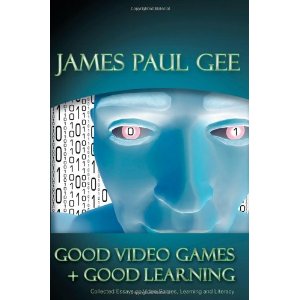
My Favorite Quotes from
Gee |
|
Johnson's
Everything
Bad is Good for You:
Learn: If you create a system where rewards are both clearly defined
and achieved by exploring an environment, you'll find human brains drawn
to those systems, even if they are made up of virtual characters and
simulated sidewalks... No other form of entertainment offers that cocktail
of reward and exploration.
Know:
Johnson's book made a great deal of sense to me. I could relate to
most of what he was saying. Although I didn't grow up with video
games, like my children, I did grow up with television and I can see some
similarities in how I watched TV and how they watched, but at the same
time I also see differences. TV for both generations, was a learning
experience. Where I had Captain Kangaroo, they had Barney and Dora
the Explorer. Ironically, we all had Sesame Street (before it became
so politically correct). Television, when we were young, taught us
things. Because kindergarten wasn't mandatory, as it is now, TV was
the first place we all probably learned our numbers and ABC's. The
difference with TV then and now, though, is usage. For me, it was my
entertainment. I lived for TV, I couldn't get enough TV. My
children, on the other hand, don't have the time, nor inclination, to sit
around for hours and stair at "the boob tube". There isn't enough
interaction for them, they have to constantly be moving and doing
something, and watching Judge Judy isn't it. Video games are their
outlet and that is where our generation gap differs. I "grew up on"
pong. It was fun, but it wasn't something I would sit for hours and
do. I played, and when I got bored, I moved on to something else.
My children, however, can sit and play video games for as long as I can
sit and stare a television. When I was younger, there wasn't a whole
lot of traditional learning that came from video games. Yes, I
learned hand/eye coordination from playing Pac Man, and I learned
strategy, but nothing on the scale that my children learned. Their
games are much more advanced and they have a whole lot more to learn.
I don't have the patience they have for games. They will sit and
fight through it until they reach the end. If I can't figure it out
in a few minutes, I'm no longer interested and want to move on.
Act:
I have to defer to what I mentioned before. Adding more play
to class time is one of the best ways to get my kids more involved and
learning more, and if it is possible to add video games to that equation,
it would certainly behoove me to do so.
|
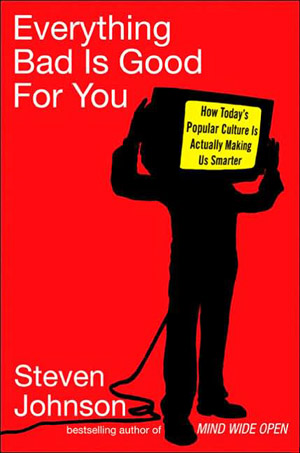
Favorite Quotes from
Johnson
Argument for an
Electric Grandma
|
|
Pink's
A
Whole New Mind:
Learn:
Of all the books I have read, over the past 2 semesters, Daniel Pink's was
probably my favorite. It certainly made me think the most and gave
me a lot of "Ah Ha" moments. In his book A Whole New Mind,
Pink pulls everything together using MOPEDS - meaning, orchestra (symphony),
play, empathy, design, and story. He also talks about the
importance of incorporating both the left brain and the right brain in
teaching.
Know:
As I said, Pinks book gave me a lot of "Ah Ha" moments. I have
always been a right brained kind of person. I learn much better
visually than staring at the pages in a book. Pinks book helped me
to relate to my right brained side and gave me a better understanding of
how the left brained people in my life see things as well.
Act: I need to
remember, in the classroom, that not all students see things exactly the
same way and when I am teaching I need to find ways to bring both sides of
the brain together so that they all get it. I wonder how many
teacher's realize that they teach based on how they think and "leave out"
those children who think and learn from the other side. Perhaps, as
teachers, we all need to step back and find out how our children learn and
then find ways to pull it all together and teach the class as a whole. |
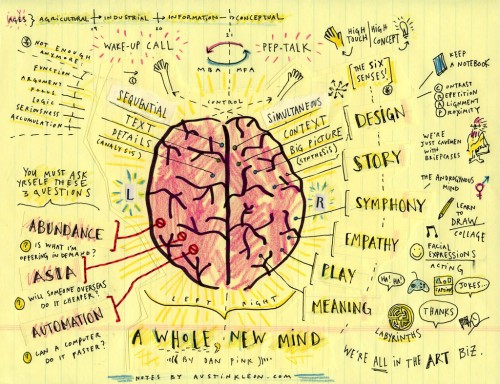
Pink Rap
|

